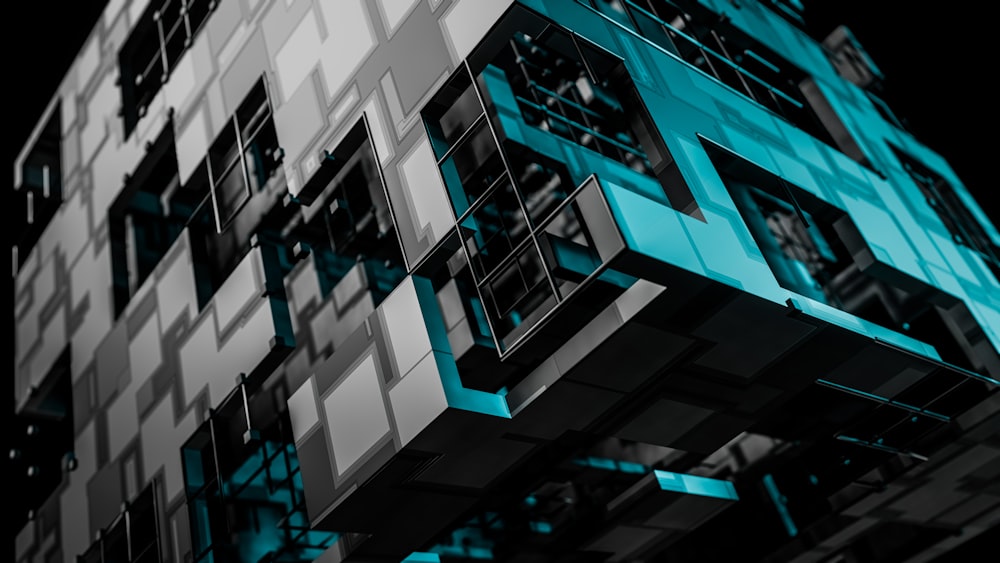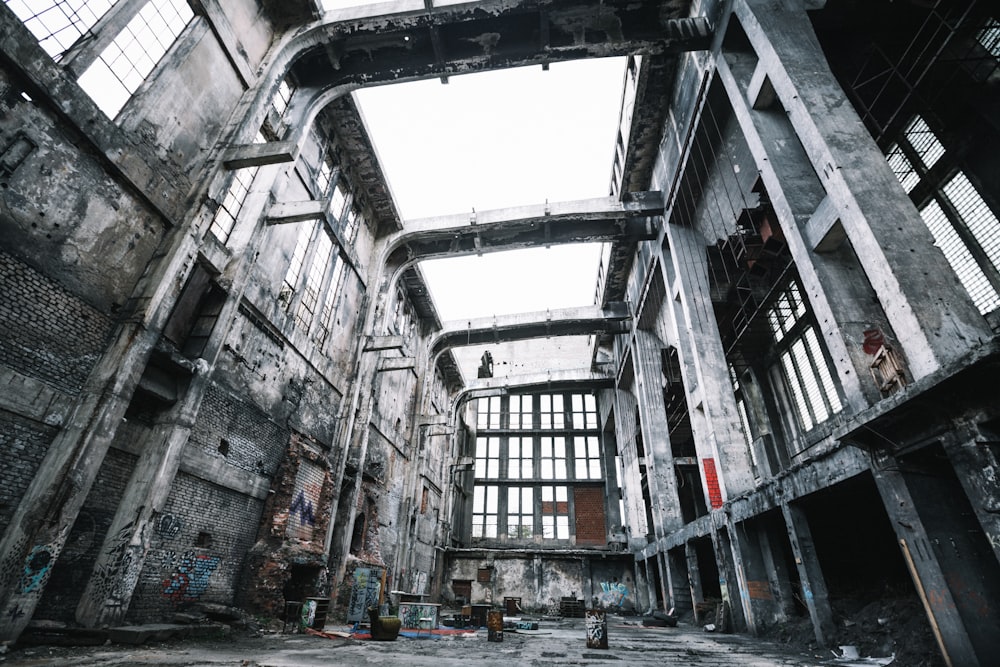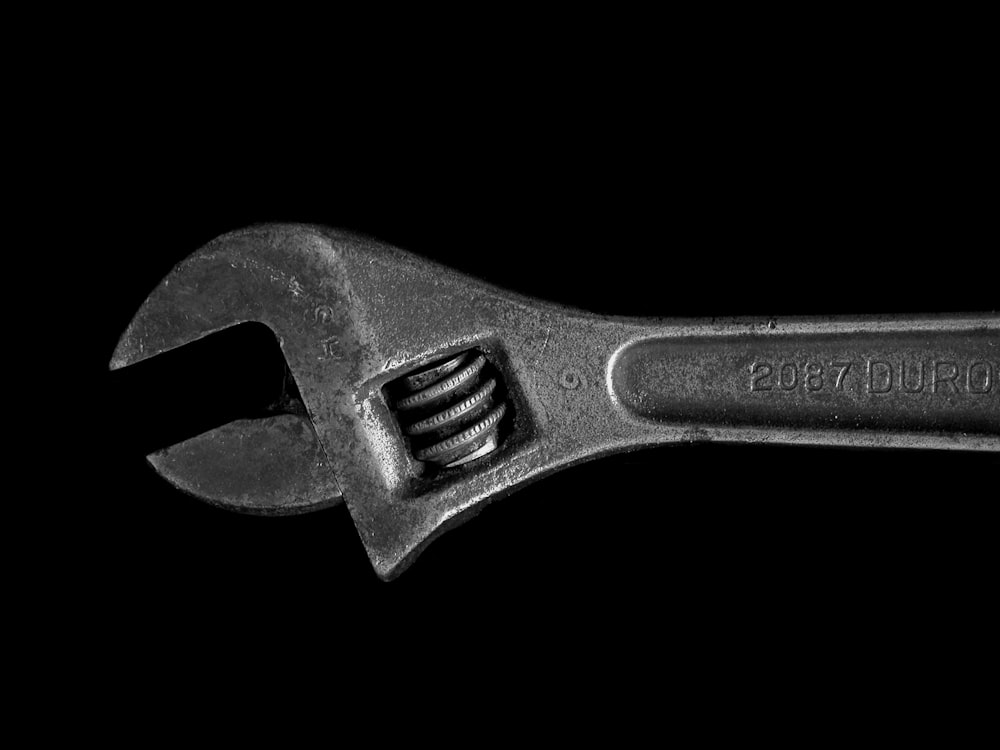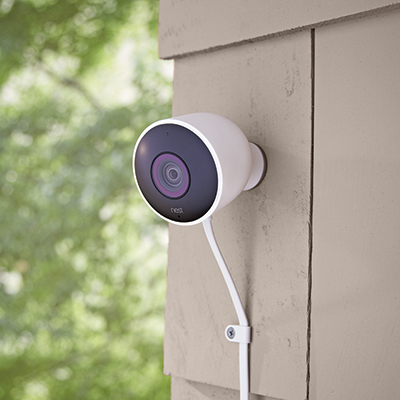
The Importance of Energy Conservation
Understanding Energy Consumption
Energy consumption is a significant factor in our daily lives. From powering our homes and businesses to fueling our transportation, energy is essential for modern society. However, excessive energy consumption can have negative consequences for both the environment and our wallets.
The Benefits of Energy Conservation
- Reduced Energy Bills: By conserving energy, you can significantly lower your utility bills and save money.
- Environmental Protection: Reducing energy consumption helps to reduce greenhouse gas emissions and protect the environment.
- Increased Energy Security: By conserving energy, we can reduce our reliance on foreign energy sources and improve our energy security.
Tips for Saving Energy at Home
- Unplug Electronics: Many electronic devices continue to draw power even when turned off. Unplug them when not in use to save energy.
- Use Energy-Efficient Appliances: Replace old appliances with energy-efficient models that have Energy Star ratings.
- Adjust Your Thermostat: Set your thermostat to a comfortable temperature and avoid extreme settings.
- Install LED Light Bulbs: LED light bulbs are more energy-efficient than traditional incandescent bulbs and last longer.
- Seal Air Leaks: Seal air leaks around doors, windows, and ducts to prevent conditioned air from escaping.
- Insulate Your Home: Proper insulation can help to keep your home cooler in the summer and warmer in the winter.
- Take Shorter Showers: Reducing the length of your showers can save water and energy.
- Wash Clothes in Cold Water: Most laundry detergents are effective in cold water, which can save energy.
- Dry Clothes Outdoors: Whenever possible, hang your laundry outside to dry instead of using a dryer.
- Cook Efficiently: Use pot lids to trap heat and reduce cooking time.
Tips for Saving Energy in the Workplace
- Turn Off Lights and Equipment: When not in use, turn off lights, computers, and other office equipment.
- Use Energy-Efficient Lighting: Replace outdated lighting fixtures with energy-efficient LED or fluorescent lighting.
- Adjust HVAC Settings: Set your office thermostat to a comfortable temperature and adjust it as needed.
- Encourage Energy-Efficient Practices: Educate employees about energy-saving tips and encourage them to adopt energy-efficient habits.
Tips for Saving Energy in Transportation
- Walk, Bike, or Take Public Transportation: Whenever possible, opt for active transportation or public transportation to reduce your reliance on cars.
- Combine Trips: Plan your errands and appointments to minimize the number of trips you need to take.
- Choose Fuel-Efficient Vehicles: If you need to drive, choose a fuel-efficient vehicle or consider driving a hybrid or electric car.
- Maintain Your Vehicle: Regular maintenance can help your vehicle run more efficiently and reduce fuel consumption.
By implementing these energy-saving tips, you can make a significant contribution to reducing your energy consumption and protecting the environment.…















